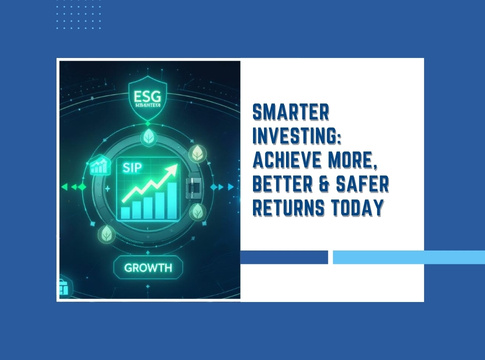In an ever-shifting global financial landscape, individuals and institutions alike wrestle with a central dilemma: how to achieve returns that are not only substantial, but also stable and secure. The pursuit of “more, better and safer” investments isn’t just a catchy phrase it’s a financial mandate for anyone seeking wealth creation without undue risk. But striking that triad balance maximizing yield, enhancing quality, and minimizing hazard requires strategy, discipline, and insight.
1. Prioritize Capital Preservation
The bedrock of safer investing is preserving principal. Iconic investor Benjamin Graham coined it the “margin of safety” buying assets priced far below their intrinsic value, thus limiting downside risk. Modern strategies echo this: holding government or high-grade corporate bonds, certificates of deposit, or stable value funds ensures a foundation of security.
Core principles include:
- Allocating a fixed portion to low-risk, income-generating assets
- Maximizing predictability over high volatility
- Acknowledging trade-offs between safety and return potential
Doing so prevents catastrophic loss and allows capital to be deployed intelligently.
2. Embrace Diversification and Risk-parity
Traditional portfolios often split 60/40 between equities and bonds. Yet that structure can overload risk onto equities, especially during downturns. A smarter approach is risk-parity: equating risk levels across uncorrelated assets equities, bonds, inflation hedges, commodities and optionally adding leverage. This method cushions volatility and enhances resilience.
Likewise, diversification remains vital:
- Invest across asset classes like stocks, bonds, real estate, commodities, and cash
- Within equities, spread across sectors and geographies
- Add non-correlating assets say, gold, government bonds, or stable value funds—to mitigate risk
3. Use Tactical Techniques: Rebalancing, Dollar-Cost Averaging, and Hedging
Safer investing isn’t “set-and-forget.” A few tools help manage risk actively:
- Rebalancing: Realign allocations periodically (e.g. quarterly/yearly) to maintain chosen risk profile
- Dollar-Cost Averaging: Invest fixed amounts consistently to smooth market timing risks
- Hedging: Use put options, stop-losses, or strategies like portfolio insurance to limit downside
These methods hedge against emotional reactions and market panic, keeping returns on track.
4. Incorporate Safer Growth Tools: SIPs, Stable Funds, and Systematic Plans
For investors seeking steady expansion, consider:
- Systematic Investment Plans (SIP) in mutual funds especially equity or balanced funds combine rupee‑cost averaging, compounding, and discipline
- Stable value funds offer returns higher than money-market alternatives, with low volatility and capital protection
- Inflation‑indexed bonds, gold, or real assets help preserve purchasing power during inflationary pressure
These ensure growth with a safety-first lens.
5. Explore Alternative & Impact Investments
To boost returns safely, consider less traditional but value-aligned assets:
- Private credit and private equity: Institutions like UBS suggest allocating ~40% to alternatives to shield portfolios from inflation and market swings
- Impact and ESG investments: Blending financial return with social/environmental impact can enhance resilience particularly as ESG funds have proven more stable during turmoil in Europe
These align your strategy with purpose even as they diversify sources of return.
6. Strengthen Through Financial Fundamentals
Untethered gains are fleeting; disciplined frameworks endure. Key principles include:
- Stick to modern portfolio theory optimize whole-portfolio risk, not individual holdings
- Regularly rebalance, monitor performance, and adapt as goals and markets evolve
- Enforce capital preservation first, then growth
- Factor in liquidity and time horizon short-term bets demand more conservative allocations
7. Guard Against Volatility and Market Downturns
Few approaches can guard fully against crashes but combining these tools helps:
- Emergency fund: 3–6 months of liquid savings cushions against shocks
- Tax‑loss harvesting: Offset realized gains by selling underperformers saves taxes and resets cost basis
- Insurance via options or stop-losses: Provides a safety net for downside scenarios
Together, they bolster both emotional and financial resilience.

